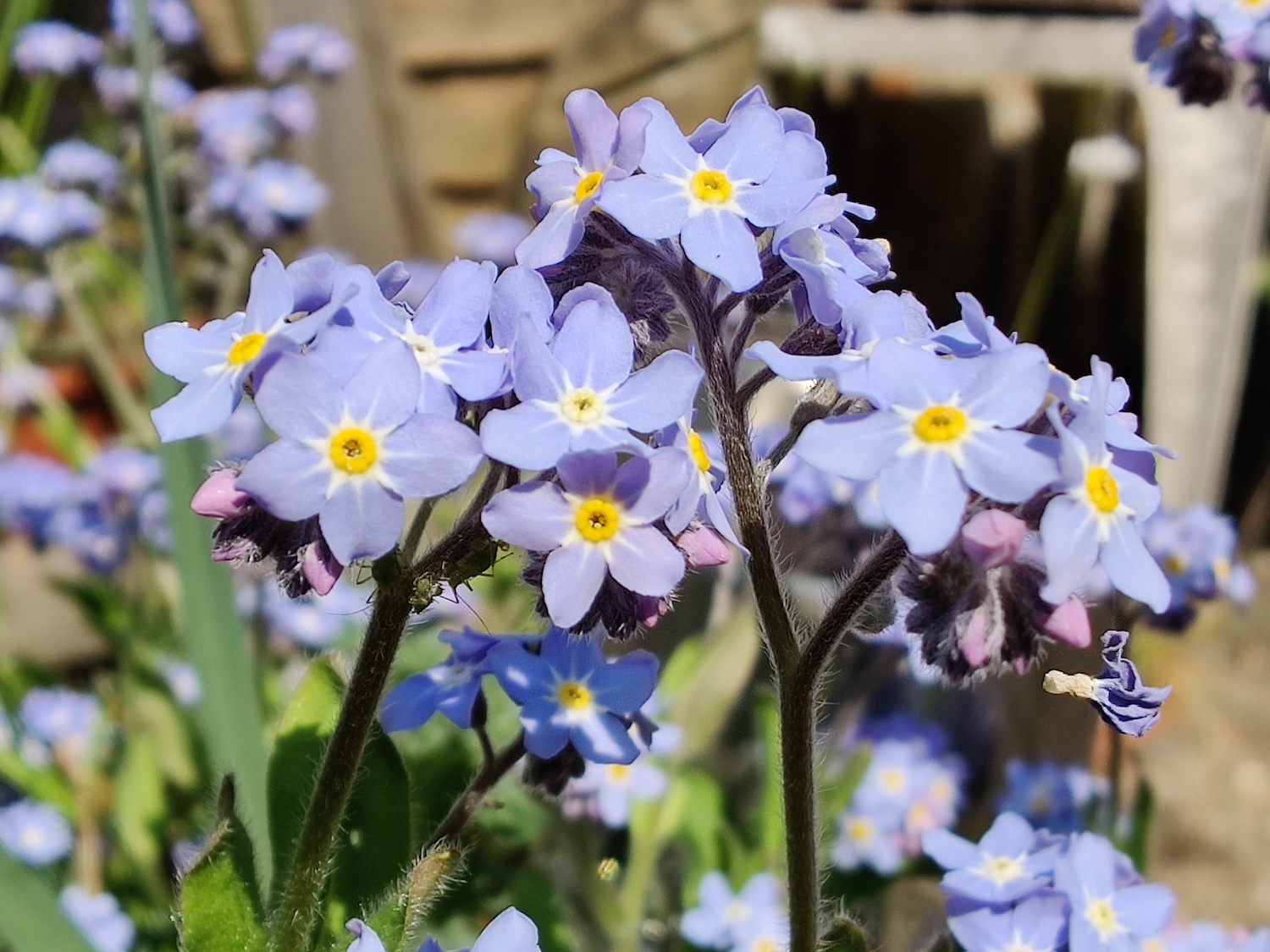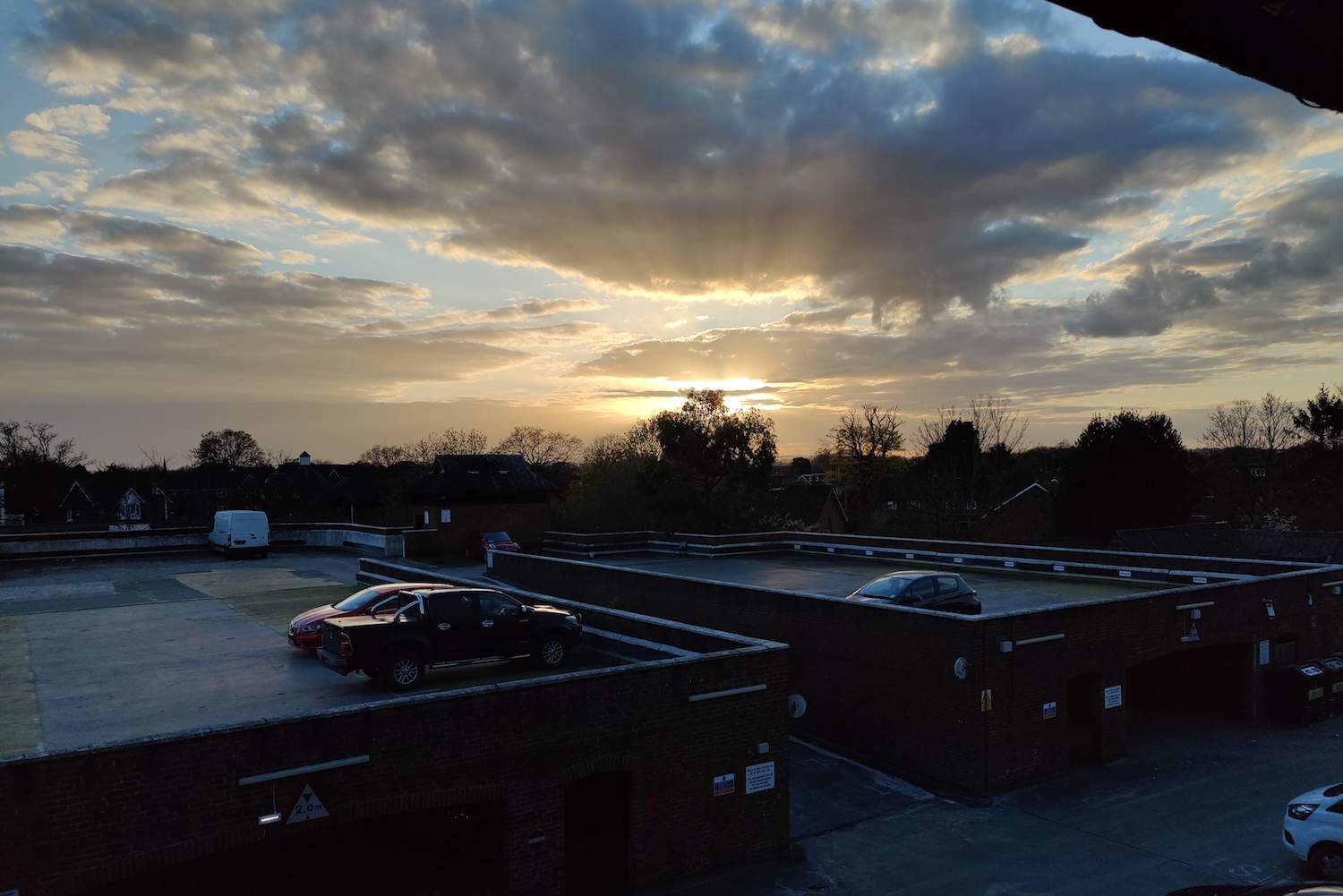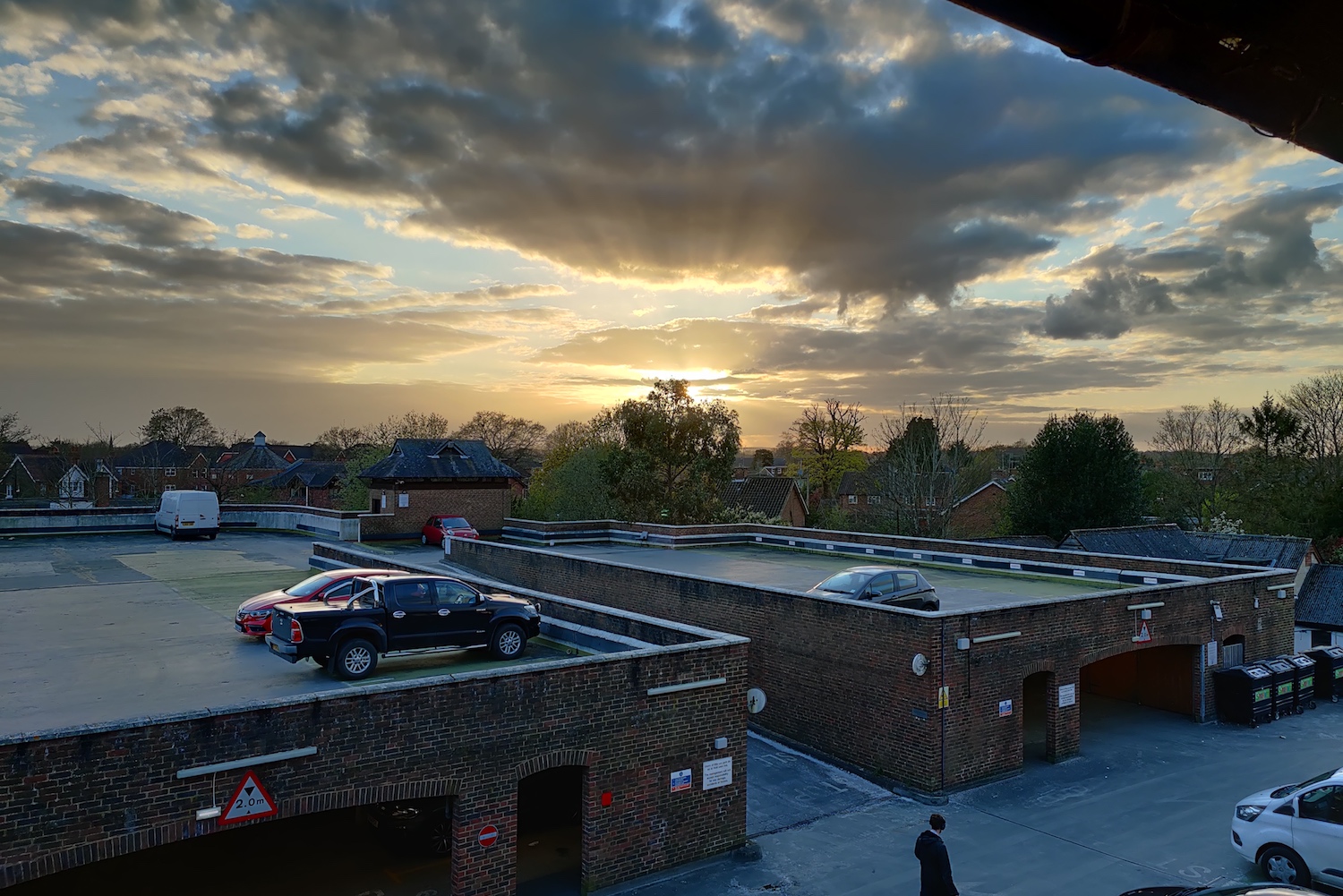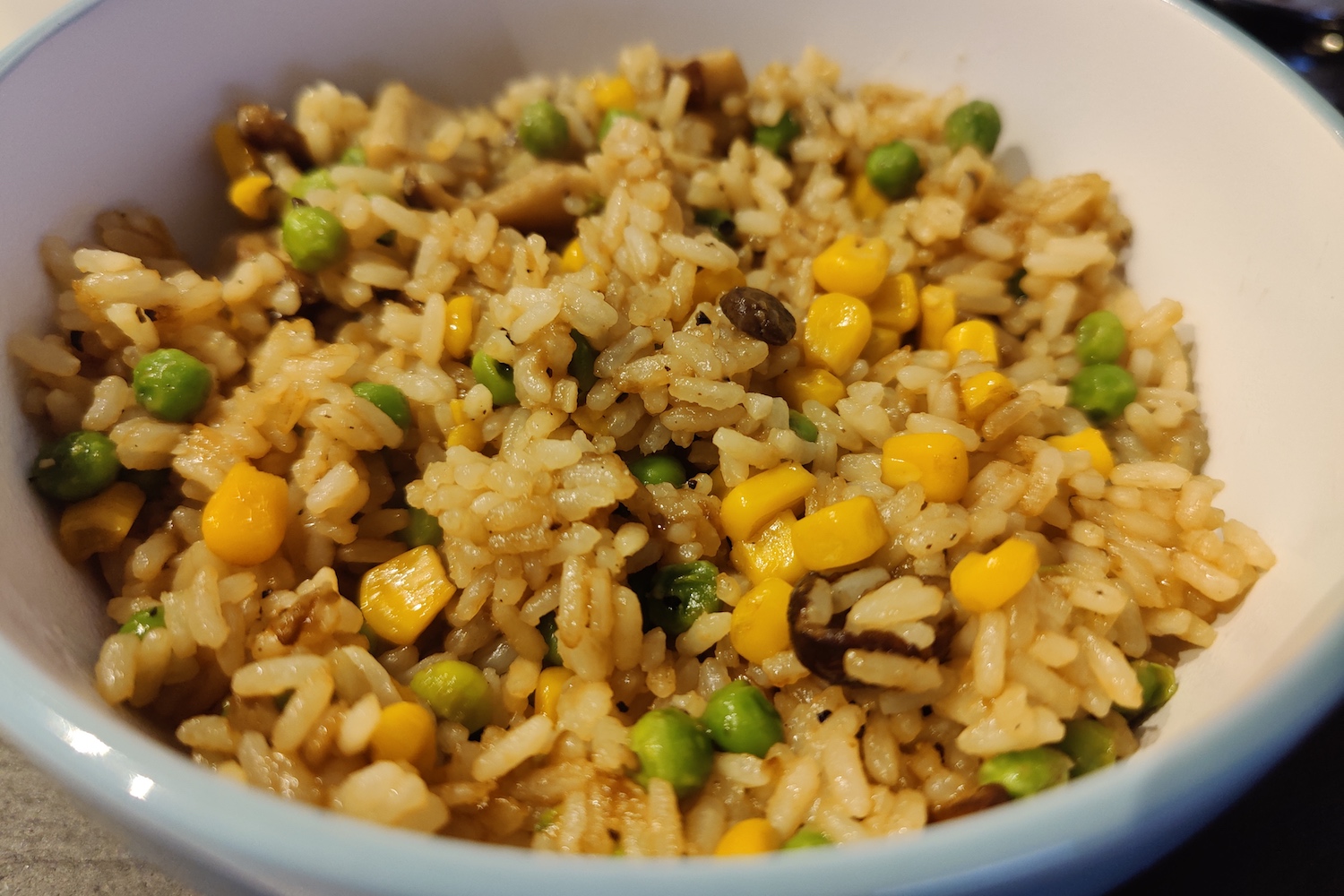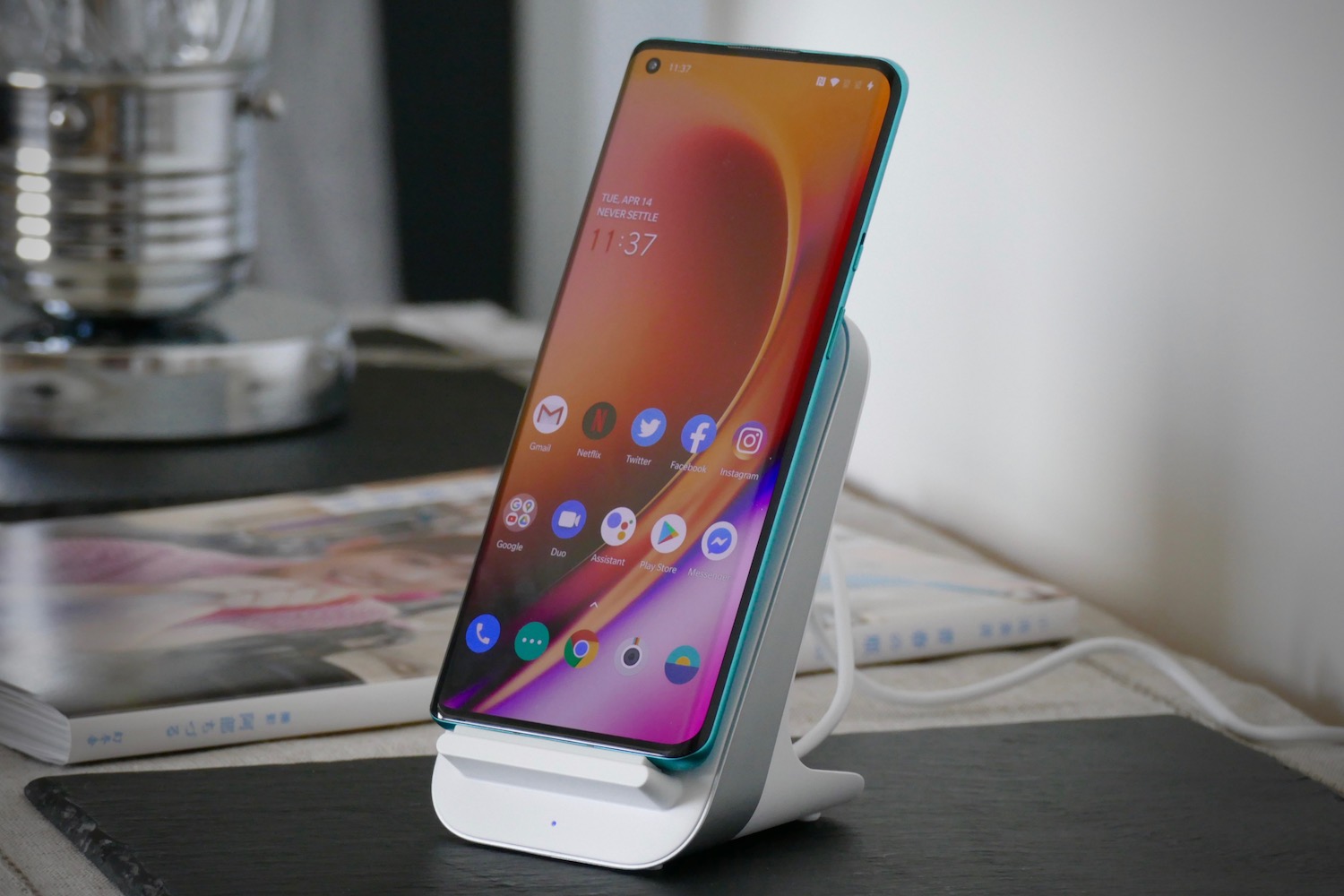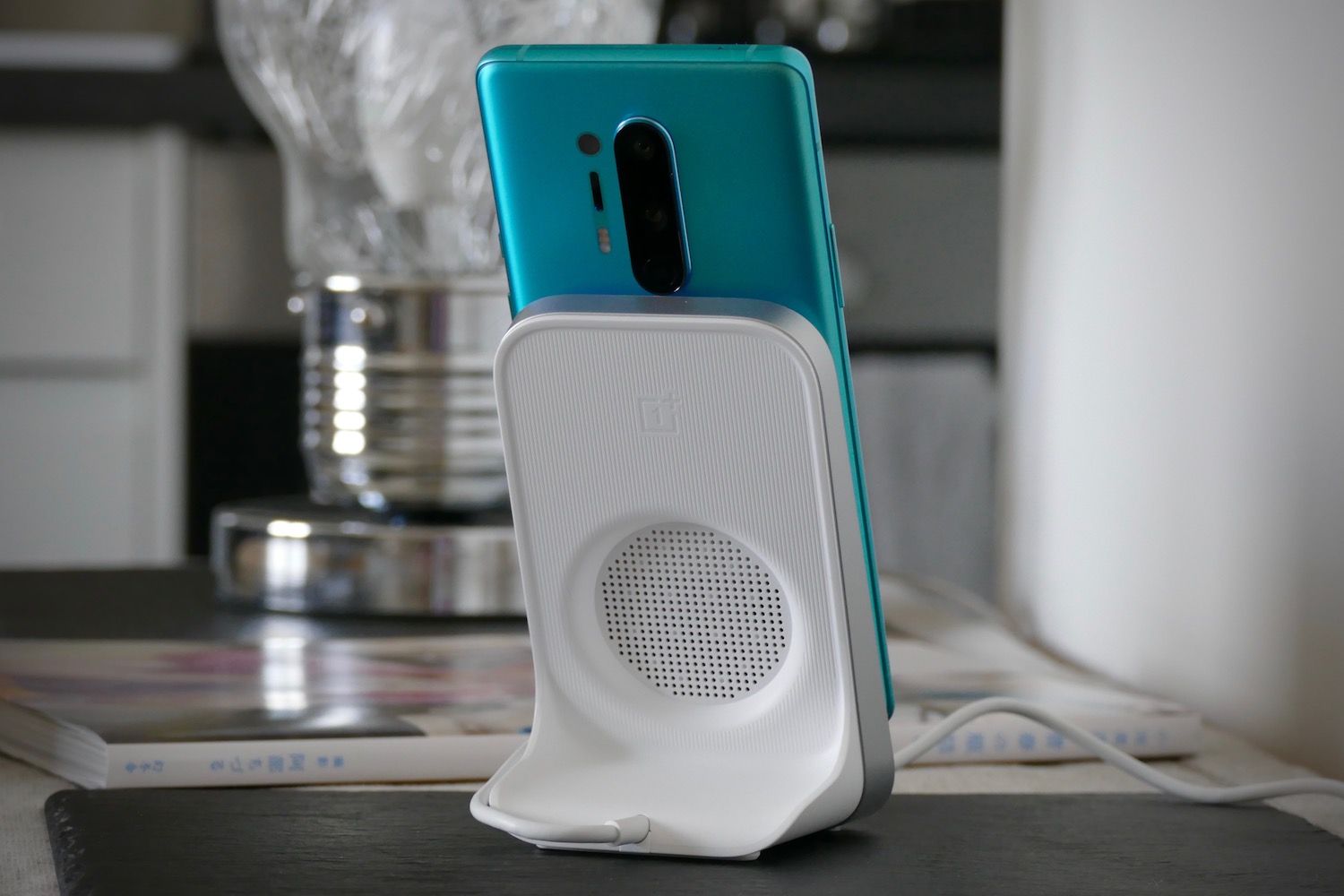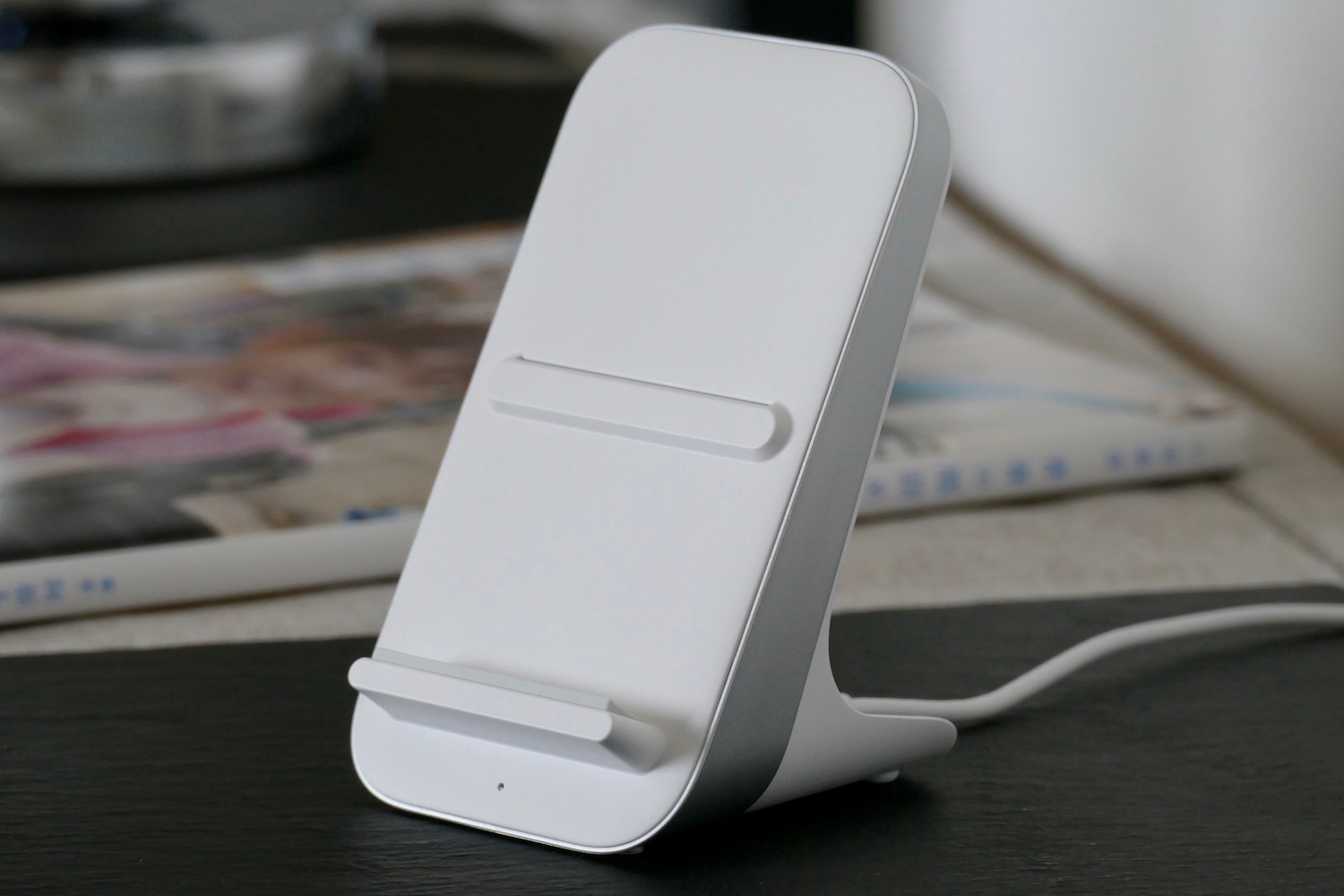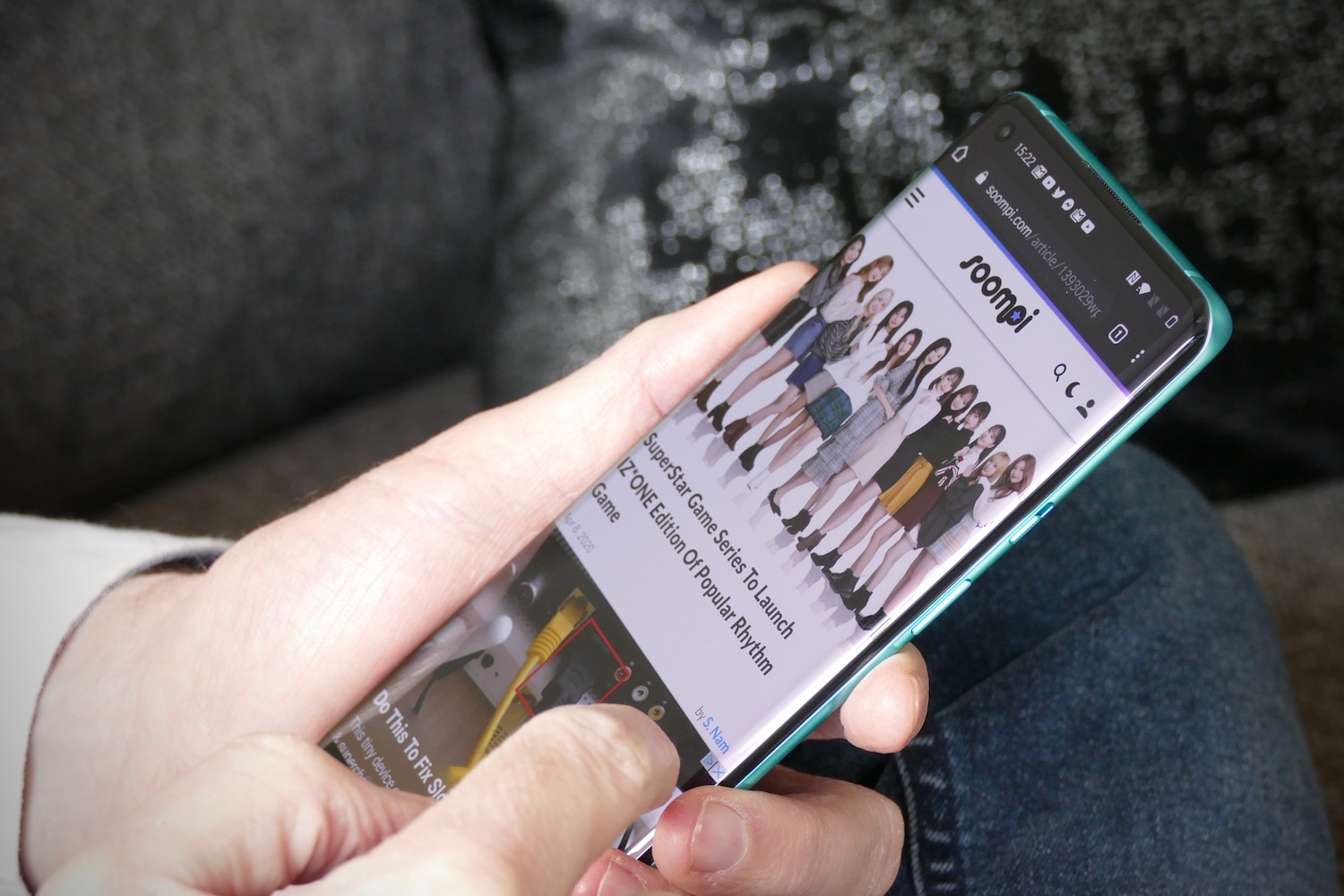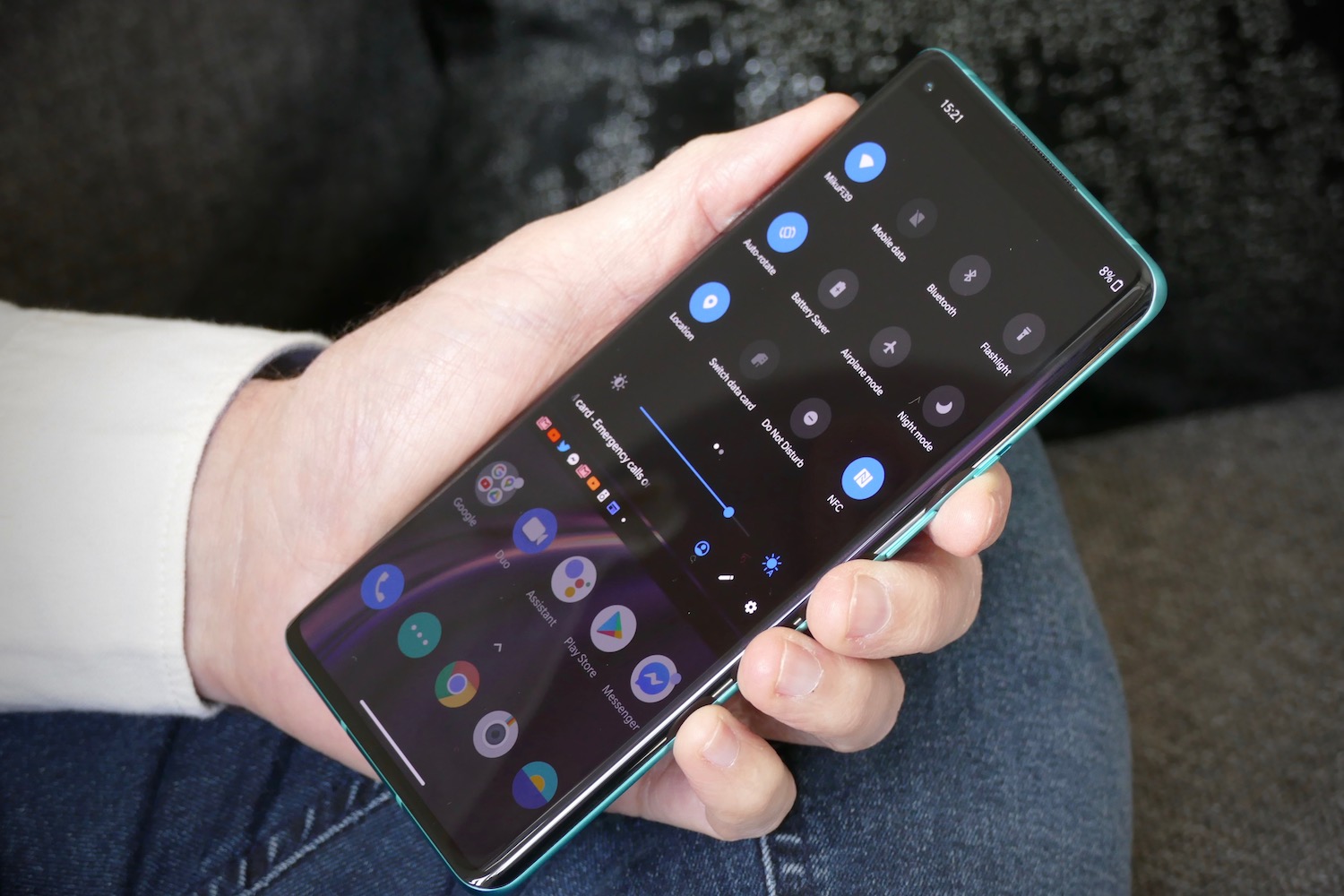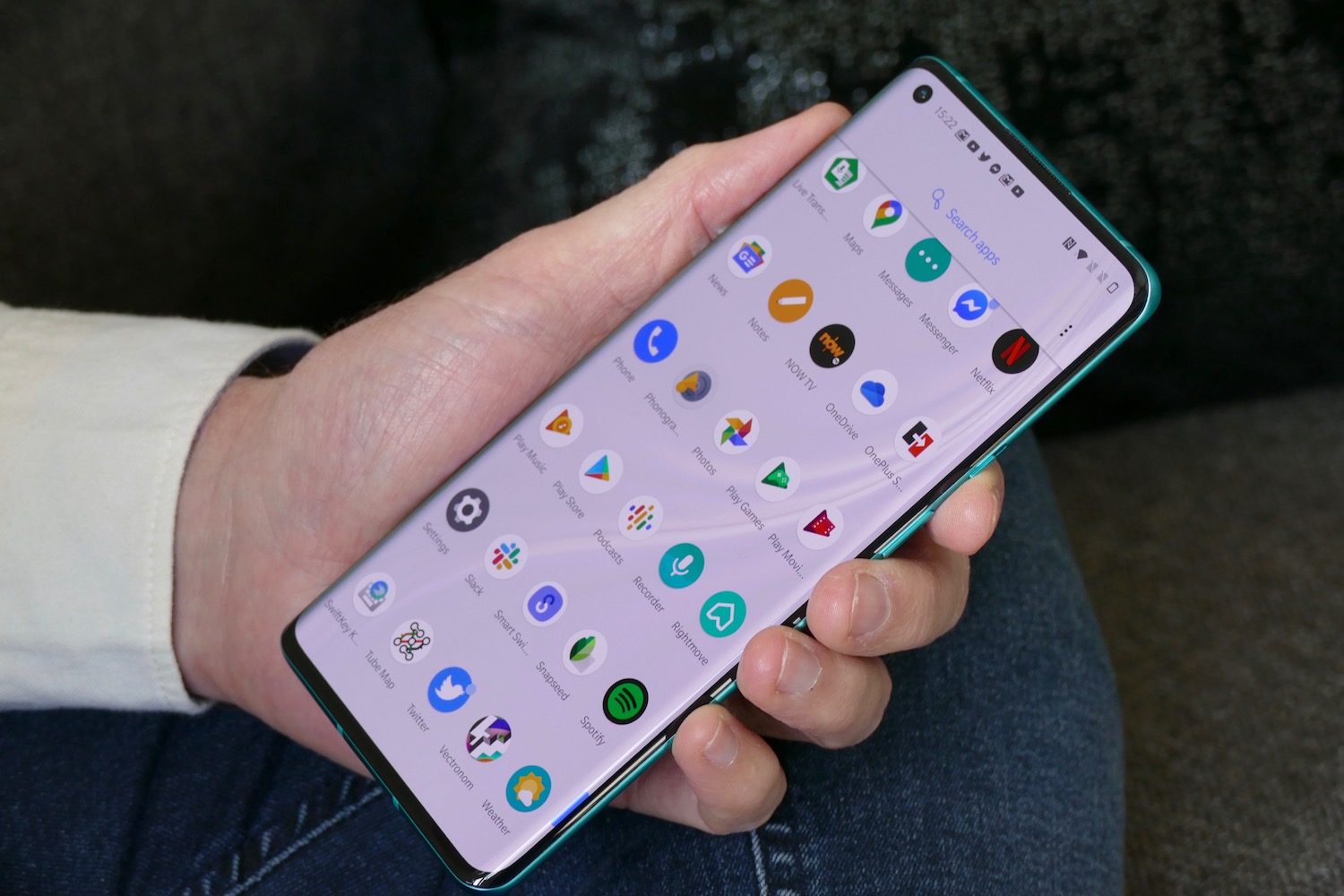- Amazing battery life
- Fast wired and wireless charging
- Stunning screen
- Great photos from the camera
- Slick software
- Screen touch response needs tuning
- Odd Color Filter is is a misstep
- Fast wireless charging is proprietary
The OnePlus 8 Pro is the definitive OnePlus smartphone. It has everything you want, plus bonus features like wireless charging, that enthusiasts ask for. However, OnePlus has tacked on an odd feature that no one is asking for. It’s a great phone that’s just a hair behind the very best.
Design
At first glance, the OnePlus 8 Pro isn’t all that different from the OnePlus 7T Pro in terms of design, but there are a few small alterations that make the OnePlus 8 Pro a better phone to hold and use. The phone is a few millimeters longer, not quite as wide, and a tiny bit thinner. The corners have a slightly different degree of curve, and it’s 7 grams lighter at 200 grams overall.

I prefer the OnePlus 8 Pro over the OnePlus 7T Pro by some distance. It doesn’t feel as bulky or as unwieldy, and is generally more pleasurable to pick up and use. The changes also mean it doesn’t dig into my palms as much when I’ve been using it for a while, and the reduction in mass makes one-handed use possible, if not preferable. This is still a big phone, and the sides taper down into a point. If can be uncomfortable if you grip it tight from certain angles.
While it’s a significant step forward over the OnePlus 7T Pro, the 8 Pro counts the Samsung Galaxy S20 Plus and the Huawei P40 Pro as competitors, and it can’t quite take the title of most ergonomically designed phone in 2020. The competition feels lighter and more nimble in-hand. OnePlus has followed Huawei in the use of a matte finish on the back, and it’s a great move. It doesn’t show fingerprints easily, and the curved 3D glass looks fantastic in the glacial green seen above, which turns aquamarine in some lighting as you see in the photos. Lovely.
On the front, OnePlus uses a punch-hole selfie camera for the first time. Like most examples, it’s something you don’t notice after using the phone for a while. Ripping out the motorized pop-up selfie camera on the OnePlus 7T Pro has been instrumental in making the entire 8 Pro more compact and usable. It also means the phone can be sealed up and for an IP68 water resistance rating, despite the company’s staunchly negative position on the feature in the past.

Perhaps the only disappointing OnePlus 8 Pro design trait is the size of the camera bump on the back. It protrudes far more than the 7T Pro’s, is perhaps twice the thickness of the Galaxy S20 Pro’s bump, and has sharp edges that may scratch other items if it rubs up against them in a bag. This trend continues on the thin and sharp volume rocker, although the slimmed-down slider that changes the notification alert status has a wonderful texture to it. Still, despite these nitpicks, the OnePlus 8 Pro is among the best-looking phones you can buy.
Screen
The 6.78-inch Fluid AMOLED screen has 3168 x 1440 pixel resolution for an excellent 531 pixel-per-inch density, giving it superb detail. It also boasts a wonderful 120Hz refresh rate for smooth scrolling and reduced eye-strain, plus 240Hz touch sampling for faster response times when gaming. It definitely needs a few more software tweaks to get the touch accuracy right in the operating system, especially at the extreme edges. It feels sluggish at some moments, and overly sensitive at others.

OxygenOS has options to enhance the color and turn on motion smoothing. With the color enhancements active, the screen remains natural but with slightly more vibrant colors. It never reaches the saturation level of the Galaxy S20 Plus. I do love the crisp whites shown by the OnePlus 8 Pro’s screen, which outpace those on the S20 Plus and even the Huawei P40 Pro. Outside in bright sunlight, whites still manage to look like a freshly laundered bed sheet. Motion smoothing is less successful because it’s rather inconsistent, looking great one minute and artificial the next. I turned it off eventually — it’s activated by default.
With the color enhancement on and the motion smoothing off, the screen appears exactly right to my eyes, and I loved watching movies on the OnePlus 8 Pro. The bezels are minimal, and although the punch-hole camera breaks up the all-screen look slightly, it’s never becomes intrusive. The screen is one of the OnePlus 8 Pro’s standout features.
Camera
The OnePlus 8 Pro’s camera is a bit strange. At a glance, it all seems normal. The 48-megapixel main camera has Sony’s new IMX689 sensor with optical and electronic image stabilization, and its joined by a 48-megapixel wide-angle and an 8-megapixel telephoto sensor. This means a 3x zoom, 4K video recording, and various modes including a night mode and super macro.

Normal, right? Hold on, I’m not done yet. The fourth sensor on the OnePlus 8 Pro is a Color Filter camera that inverts the colors in your pictures. Why? I’ve genuinely no idea.
Even OnePlus isn’t sure. In the press details, the Color Filter camera is described as a way to “stand out from the crowd and express your unique style.” You can also do this by standing in the street and howling at the moon, but that doesn’t make it a good idea.

Photos taken with the color filter drain away greens, reds, and blues, leaving muted browns, blacks, whites, and shades of beige. Think that sounds ugly? You’d be right, most of the time. It’s not that the Color Filter doesn’t take interesting pictures, because it can, in a sort of nuclear wasteland way. I’m just not sure how often I’d want to use it. It’s hidden away in a menu, so it’s not even visible, and therefore will be forgotten — and maybe that’s a good thing. It’s not a disaster all the time, and shooting into the sun can result in some atmospheric shots. Otherwise, it made my local park look like a bizarre alien landscape.
When I saw the OnePlus and McLaren concept phone at CES 2020, I hoped the electrochromic camera feature would make it onto the OnePlus 8, but instead we got the Color Filter sensor, and it’s definitely not a worthy substitute. Calling it a quirky bit of fun would be a kind description, but more accurate would be that it’s a gimmick added to obfuscate the fact that there’s nothing really new here outside of the improved main sensor.
Otherwise, I like the photos taken by the OnePlus 8 Pro. Dynamic range is great, saturation is at just the right level, and I’ve been very impressed with the effectiveness of the night mode. It brightens scenes very effectively, and works with the wide-angle camera too. I don’t understand the inclusion of the Color Filter, and if it’s removed from the equation, the camera is exposed (no pun intended) as being relatively ordinary for a flagship Android phone today.
Software and battery
The 4,510mah battery on the OnePlus 8 Pro is a superstar. Admittedly, I only used Wi-Fi the majority of the time at the moment, but that doesn’t make the performance any less impressive. A full day’s moderate use from 8 a.m. to midnight only used 25% power, which I couldn’t quite believe. I didn’t charge the phone, and overnight it went into “sleep” mode by itself, where it minimizes power consumption, so it used only 4% battery during the time I was asleep. From 8 a.m. to 3 p.m. the next day, it was still at 53%. I ended the day with 5% at around midnight after several voice calls and at least an hour of video calling.

That’s excellent performance, and charging is mega-fast too. The included Warp Charge 30T charging brick and cable takes the flat battery to 55% in just 24 minutes. It goes on to fully charge in an hour. A new feature for the OnePlus 8 is its ability to optimize overnight charging time by learning your habits and only charging the battery fully a short while before you normally wake up. It worked really well for me, and should result in less battery degradation over time.
OnePlus has added wireless charging to the OnePlus 8 Pro, a welcome addition which arguably should have come long before now. It zips to 50% in about 30 minutes. While it supports the Qi standard, to get OnePlus’s wireless fast charging, you’re going to have to buy OnePlus’s own wireless charger, which costs $80 or 70 British pounds. Admittedly it’s very nice, but that’s a hefty extra cost. If you don’t buy it, other Qi wireless chargers will work but only provide a slow charging speed.
This fast charging comes with another cost — the OnePlus wireless charger has a built-in fan which whirrs away to itself when you place the phone on the upright stand. It’s acceptable enough when it’s sitting on my desk, but I’m not sure I’d feel the same if I was trying to sleep.
The OnePlus 8 uses OxygenOS 10.5, which is based on Android 10, and it’s almost identical to OxygenOS 10 on the OnePlus 7T Pro. There are some changes to dark mode, plus Google One support. A series of dynamic wallpapers have been added, and they look really excellent. OxygenOS is one of the very best interfaces you can get, and using it once again reminded me why I like it.
It’s seriously fast, isn’t overrun with pointless apps, and is attractively designed. The slide-in, Google Assistant-driven screen is useful, featuring news updates, weather, and quick access to your own Assistant page with personal updates. I love the delicate haptic feedback, which feels much higher in quality than almost all other phones I test, right down to the cute little vibration when someone answers a call.
It’s not perfect, though. The lack of an always-on display is a disappointment, though you can tap the screen to see information. OnePlus says an always-on feature is in development, but it’s baffling as to why it’s taking so long. I also had some problems with the edge of the screen being overly sensitive. A software update did improve things a lot, but the sensitivity still isn’t right. The Settings search isn’t smart either, making it hard to find hidden features like Dark mode, which it calls Tone.
These are just small annoyances, though, and like the rest of the phone, the battery life and software experience are among the best you can find at the moment.
Performance and gaming
The OnePlus 8 Pro has a Snapdragon 865 chipset and the X55 5G modem, plus a massive 12GB of RAM. Due to social-distancing measures, I’ve not been able to test the 5G component, but have used 4G and made calls as usual. Calls are clear, and it’s easier to position the speaker against your ear than it is on the Galaxy S20 Plus. Here are the benchmark results before we look at gaming.
- Geekbench 5: 3,352 Multi-core/890 Single-core
- 3DMark: 6,589 (Vulkan)
These are higher results than a Galaxy S20 Plus with a Samsung Exynos chip inside, and just slightly higher than the similarly powered Oppo Find X2 Pro. The OnePlus 8 Pro has two gaming modes, a standard one and a hardcore Fnatic mode (so named because it was developed with the eponymous e-sports team), which boosts CPU, GPU, and RAM, while turning off anything unnecessary at the same time.

I didn’t notice anything different when playing Asphalt 9 Legends, DariusBurst SP, and Vectronom with Fnatic mode on and off. The 120Hz refresh rate made Asphalt 9 Legends look great. The screen’s 19.8:9 aspect ratio means you have to play DariusBurst in a smaller window if you want to see everything that’s going on, which is an issue for many phones with a similar screen size and shape. The phone stays completely cool during gameplay.
How about the OnePlus 8?

The OnePlus 8 Pro is the new flagship phone for 2020, and it’s released alongside the OnePlus 8, which is cheaper at $700 upwards, and smaller too. That phone has a 6.55-inch Fluid AMOLED screen with a 90Hz refresh rate, a triple-lens camera without the Color Filter sensor, a smaller battery, no wireless charging, and basic splash resistance. The design is very similar, though it’s lighter and slimmer, making it easier to use with one hand. Check out our full review
Price, warranty, and availability
The OnePlus 8 Pro costs $1,000 for the 12GB/256GB version in our review, or $900 for the 8GB/128GB model. In the U.K. the 8GB/128GB OnePlus 8 Pro costs 800 British pounds, while the 12GB/256GB model costs 900 British pounds. OnePlus provides a one-year warranty on its phones, which covers the hardware in the event of a defect only.
This makes it more expensive than the $850 OnePlus 7T Pro.
Our Take
The OnePlus 8 Pro’s best features are the ones that really matter: The screen is stunning, the battery life is amazing, and the software is refined and attractive. The camera works well, and the design is great, plus it has wireless charging and an IP68 rating. However, much as OnePlus may want the Color Filter to be a differentiating factor that really pushes people to buy it, it’s not. Take it away though, and you’re still left with a cutting-edge smartphone that doesn’t miss a beat.
Is there a better alternative?
We recommend everyone take a good look at the $1,000 Apple iPhone 11 Pro and the $1,200 Samsung Galaxy S20 Plus, as both provide the best tech available at the moment, from screen to camera, and excellent software experiences.
While the $800 Google Pixel 4 is also recommended, the battery simply can’t match the OnePlus 8 Pro’s, so do take that into consideration when you’re beguiled by the Pixel 4’s amazing camera and slick software. We’ve also been impressed with the $1,300 Oppo Find X2 Pro, and the $1,100 Samsung Galaxy Note 10 Plus remains a brilliant all-rounder.
How long will it last?
If you buy a OnePlus 8 Pro on a two-year contract, it will happily last for this amount of time at the minimum in terms of its ability and the technology inside. The 5G capability helps future-proof it too, and OnePlus is good at keeping its software up to date in a timely fashion. OnePlus has secured an IP68 rating for the phone, which means it’s water-resistant, but the rest of the phone is made of glass, so it may break if you drop it. A case will help avoid any expensive mishaps.
Should you buy one?
Yes, but it’s not quite the mega-value smartphone we’re used to seeing from OnePlus.








